The last quagga died in the Amsterdam Zoo on 12 August 1883. Its passing went unnoticed by the world. As zebras in general were often referred to as ‘quaggas’, by the time people realised that the actual quagga was extinct only a few hides, stuffed museum specimens, photographs and illustrations remained. A century later, the Quagga Project is, through selective breeding, attempting to revive this fascinating zebra subspecies.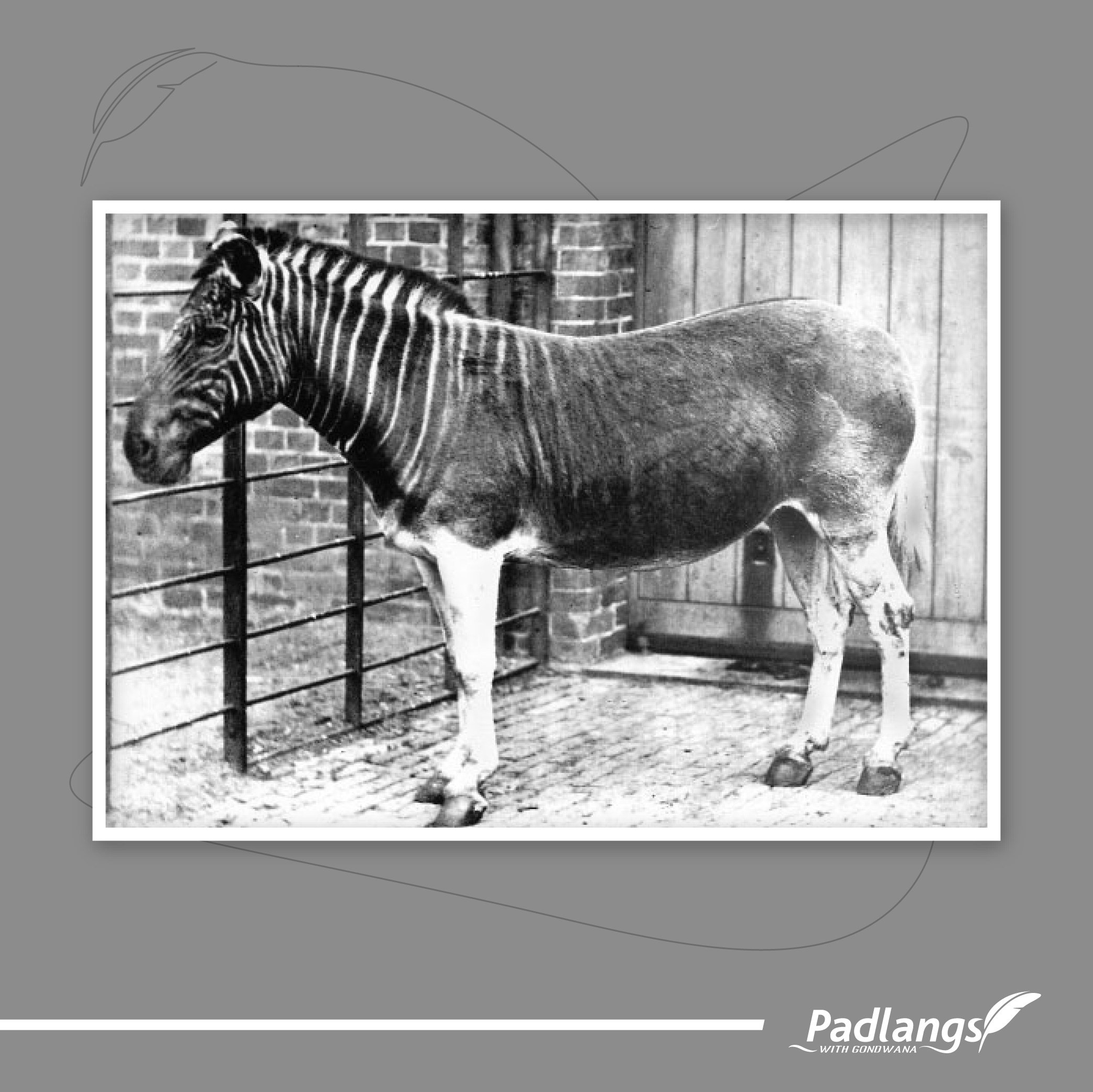
What were the quaggas? The quaggas were zebras identified by having stripes only on the head, neck and front portion of the body and being more brown in colour with their belly and legs white and free of stripes. Initially thought to be a distinct species, the quagga was discovered by DNA analysis to be a subspecies, Equus quagga quagga, of the plains zebra. The name ‘quagga’ emulates the call made by the zebra. Once abundant in its range in the Karoo and the southern Free State of South Africa, it was hunted to extinction in the latter part of the nineteenth century. British military engineer and hunter, William Cornwallis Harris, recorded in 1840 how bands of hundreds were frequently seen on their migration routes from the plains to the interior, seeking more luxuriant pastures and tasty herbs. Just forty years later there wasn’t a single quagga to be seen gracing the plains of Africa.
Many wildlife species disappeared from their historical distribution areas in southern Africa during this period of indiscriminate hunting, which was sometimes merely for sport. The quaggas were also targeted for competing for grazing with livestock, specifically sheep and goats. Their meat was given to farm labourers, their skin was used for grain bags and many of their hides were exported for the leather industry. 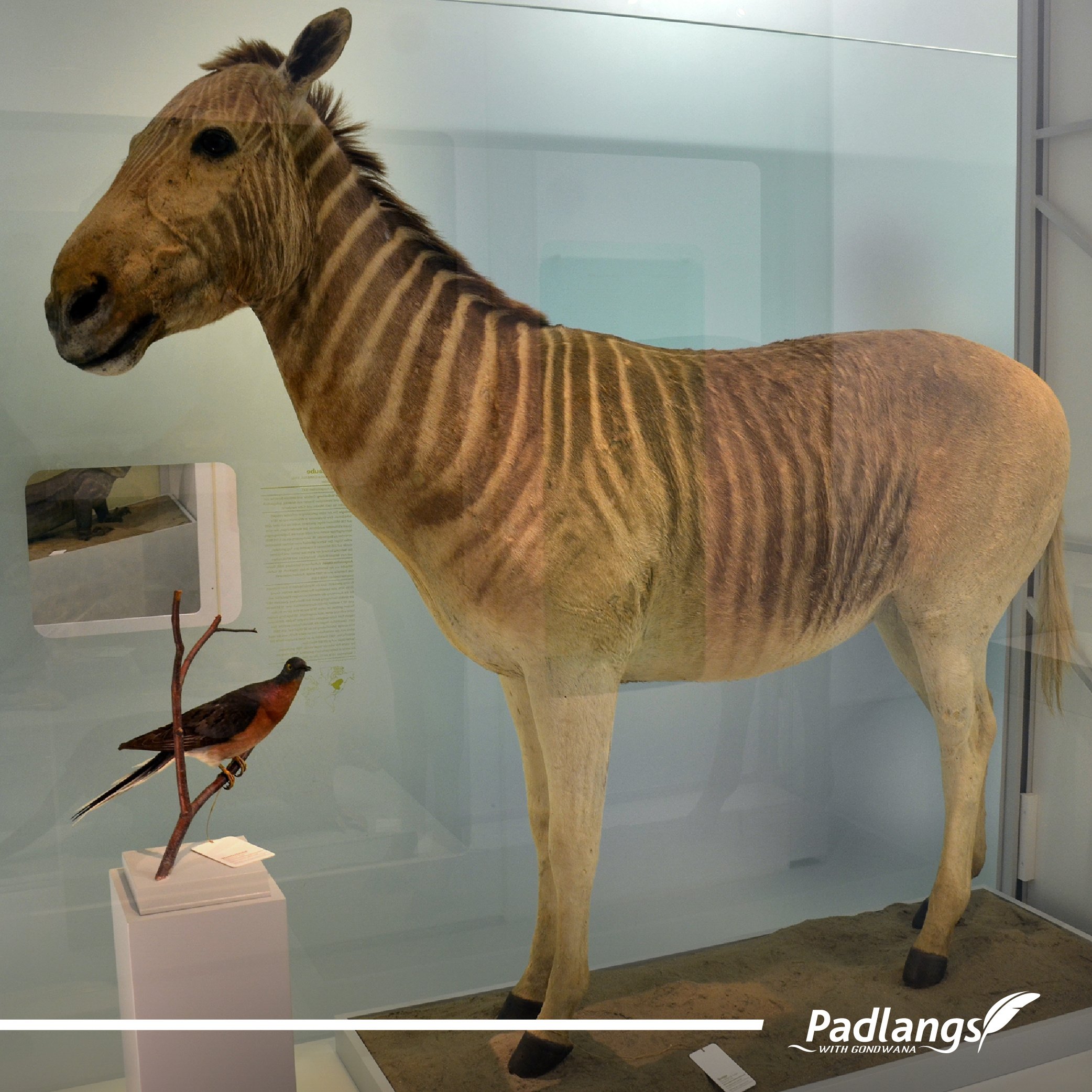
If a species disappears from the Earth, it is irreversible. But when the quagga was discovered to be one of the several subspecies of plains zebra and not a separate species, a group of dedicated people realised that it may be possible to retrieve the genes responsible for its characteristic striping pattern. In 1987 they started the Quagga Project in an attempt to bring back the quagga from extinction and reintroduce it into the reserves of South Africa in its former habitat.
The founder of the project was natural historian Reinhold Rau, who was born near Frankfurt and trained as a fossil preparator at Senckenberg Museum before joining the South African Museum in 1951. When in 1969 he was remounting the quagga foal, the only existing specimen in southern African museum collections, he collected dried tissue from the foal’s skin. These samples with additional tissue samples from other specimens were sent for DNA analysis to the University of California (Berkley). The results revealed that the quagga was a subspecies of the plains zebra. This led to his founding the Quagga Project to revive the quagga through continuous selective breeding over successive generations. Reinhold’s contribution to conservation was not only in initiating the quagga revival, he also wrote over fifty scientific publications in his lifetime and through his conservation efforts rediscovered the geometric tortoise, thought to be extinct. In 2000 Rau was the recipient of the Molteno Medal for lifetime services to nature conservation in the Cape.
In March 1987 nine zebras were selected in Etosha National Park and transferred to the Nature Conservation farm ‘Vrolijkheid’ near Robertson in South Africa. They would form the initial core group of the breeding project. The first foal was born in December 1988. The zebras now live in several localities near Cape Town. As the project is focusing on selective breeding for the characteristic markings and not for any other genetic features which the original quagga population might have had, the quagga will be referred to as ‘Rau quagga’ in acknowledgement of Reinhold Rau’s vision.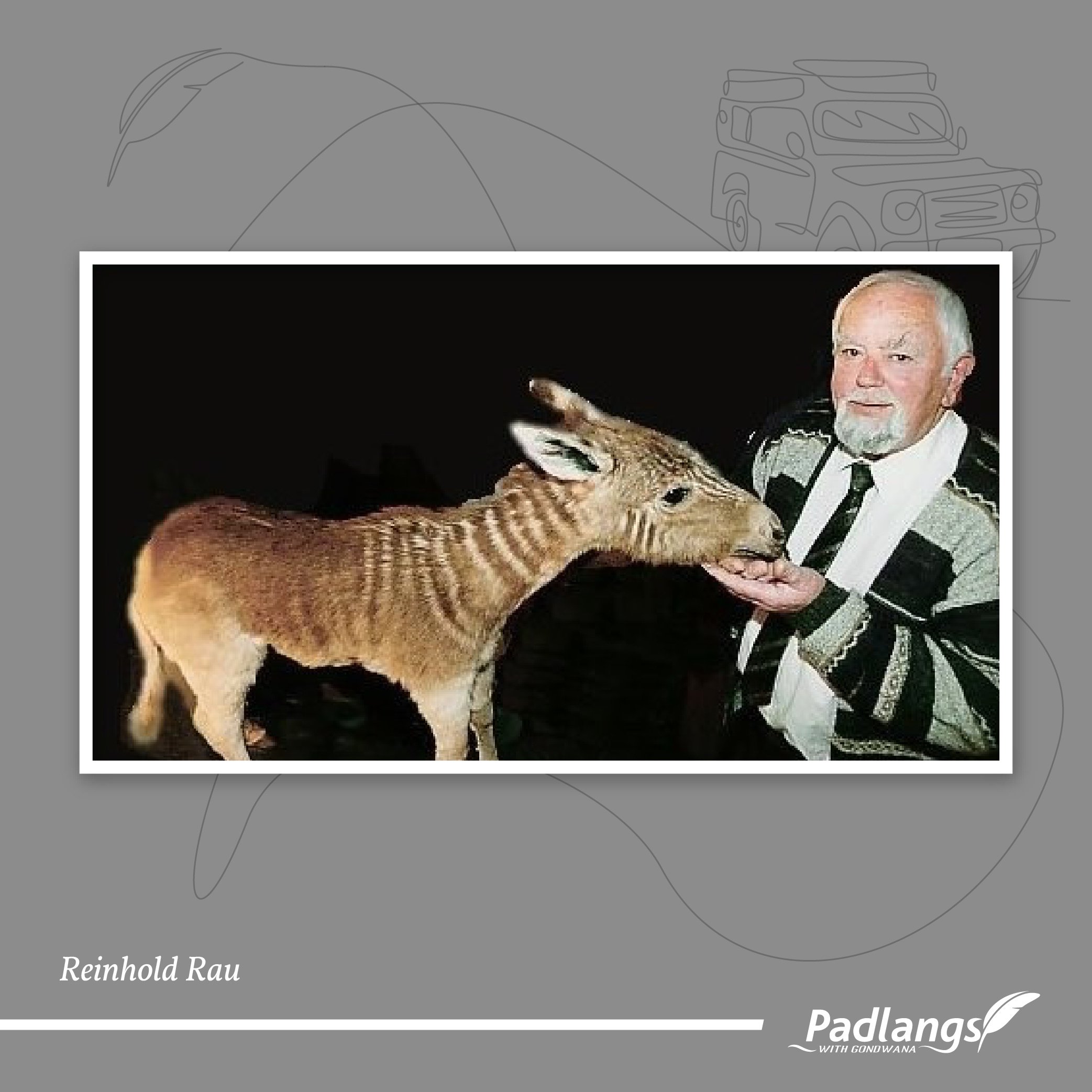
‘The project is aimed at rectifying a tragic mistake made over a hundred years ago through greed and short sightedness. It is hoped that if this revival is successful, in due course herds showing the phenotype of the original quagga will again roam the plains of the Karoo.’
(Sources: The Quagga Project: official website; Quagga - Wikipedia; Reinhold Rau - Wikipedia; IUCN Red List of Threatened Species)
‘In the last 500 years, human activity is known to have forced 869 species to extinction (or extinction in the wild).’ ’More than 42 100 species are threatened with extinction.’ - IUCN, Red List on Species Extinction
You might also like
Copyright 2025. All Rights Reserved by Padlangs, Gondwana Collection Namibia


.png)
.jpg)
.jpg)


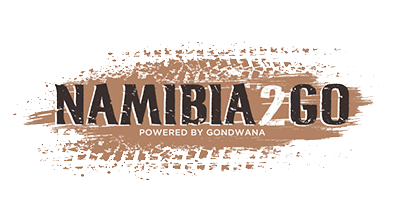

.png)
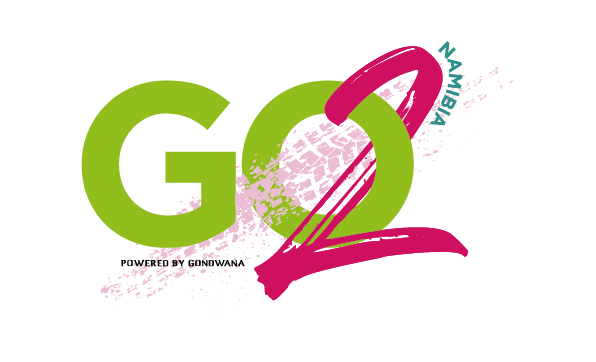
SUBMIT YOUR COMMENT